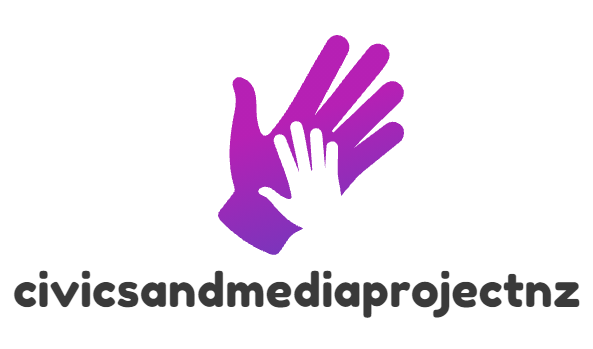The readers usually pay attention to a book cover first. It sets the mood, gives a clue about what is inside, and impresses. Cover designs are no longer limited to individuals who hire out a professional designer with digital design tools. It is now possible to create covers easily (and without spending money) by using templates and AI-enabled tools. Easy-to-use services such as Pippit’s book cover maker are readily available, offering simple layouts with powerful editing tools that can enable any user to create a professional and elegant design.
Why Templates Are Helpful
Templates serve as a starting point for design. Rather than start with a blank page, they provide layouts on which text, images, and graphics have been placed in a balanced fashion. This will be simpler to concentrate on colors, fonts, and images without paying attention to the structure. Templates, on the other hand, save time on design, and the cover appears tidy and orderly to new writers or in small publishers. They are adaptable to various genres, be it fiction, nonfiction, or scholarly books.
Using AI Tools for Custom Designs
AI tools add another layer of convenience. These tools are able to create designs by using simple prompts, suggest a color scheme, or modify an image to suit the theme of the book. Other tools go so far as to even propose layouts that are appropriate to the tone of the material, say bold and bright in the case of an adventure plot or soft and muted in that of a romance. Apps such as Pippit blend AI capabilities with more conventional editing features so that it is simple to toggle between autogenerated ideas and manually edit them.
Adding Personal Style
Although the templates and AI offer it structure, something that makes it unique is personalization on the cover. The font can be altered to set a different mood; contemporary fonts might be appropriate in contemporary stories, and elegant fonts might befit a classic. The choice of color is also very significant because the specific color may convey a mood even before a word is read. Background effects or textures are added to it, which add depth and make the cover look polished. The combination of these aspects will make the final design not only portray the message of the book but also be visually prominent.
Practical Steps in Customizing Covers
It commences by picking a template that suits the theme of the book. After that, AI recommendations or editing software assist in correcting information like fonts, pictures, and colors. One can upload high-quality images to make it personal, such as artwork, photography, or graphics. Lastly, the title, subtitle, and the name of the author are arranged in very clearly readable locations. Readability and design balance can be enhanced by a few minor adjustments in alignment and spacing.
Conclusion
The cover of a book is no longer reserved for customization by the pros. Templates give the framework, AI tools give you an idea of directions to take, and editing features can be used to add a personal touch. With a combination of these resources, anyone can make a cover that will attract attention and show the story behind it. The websites such as Pippit simplify the process and make it welcoming, and show that quality design is not a preserve of a few.


